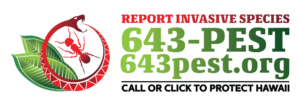Aloha!
We are less than a week away from the City Nature Challenge and Earth Day is a great excuse (Like you needed one?) to add an observation to iNaturalist. Its easy to forget that iNat is indeed a citizen Science project and your observations provide actual data that can contribute to preventing the spread of invasive species here in Hawaii and help resource managers understand the distribution of rare and endangered species to better manage their recovery.
Also, now it a great time to help spread the word about Maui’s participation in the City Nature Challenge. Encourage your friends to participate in the Maui Event : https://www.inaturalist.org/projects/city-nature-challenge-2019-maui
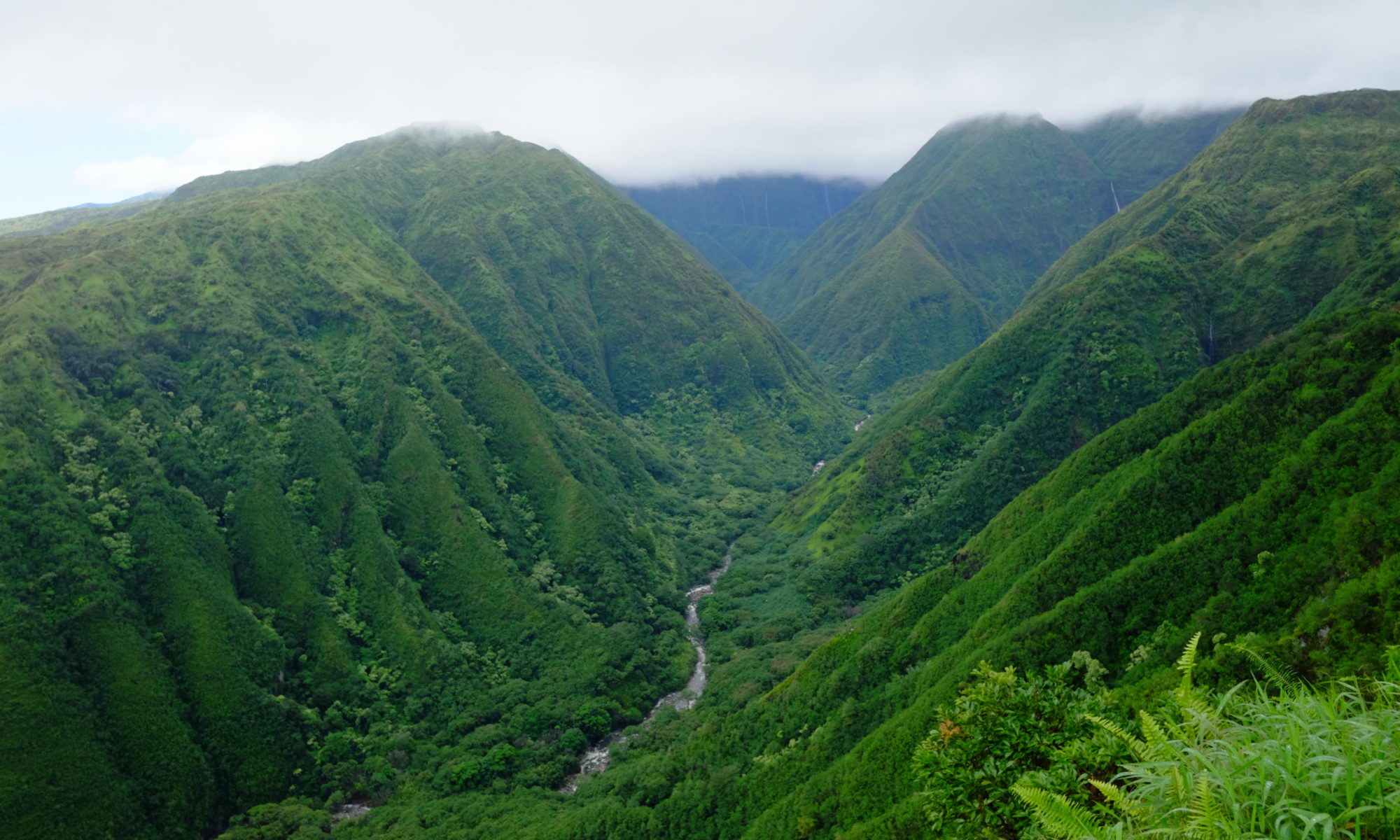
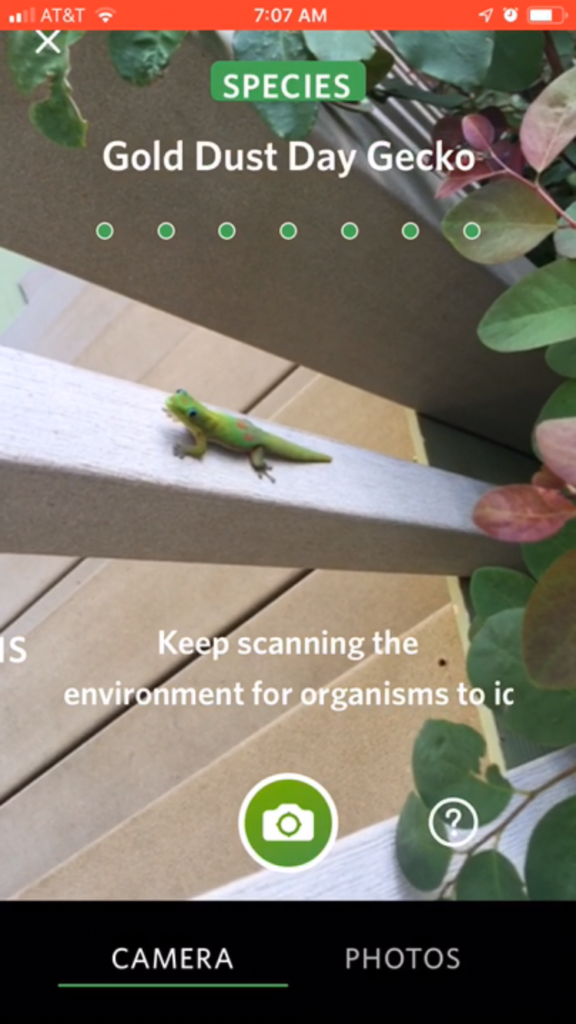
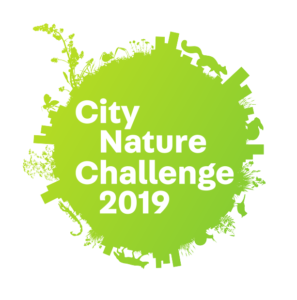
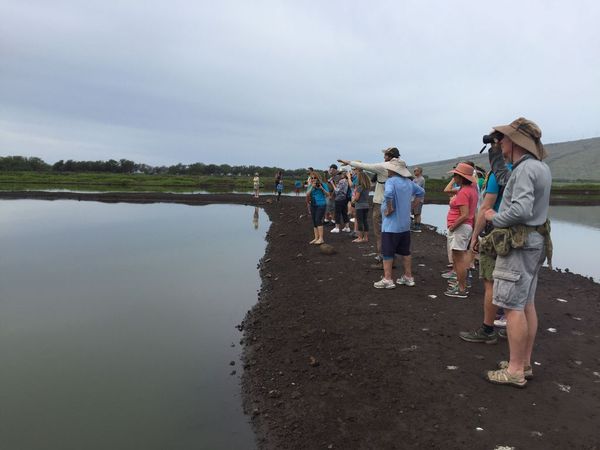
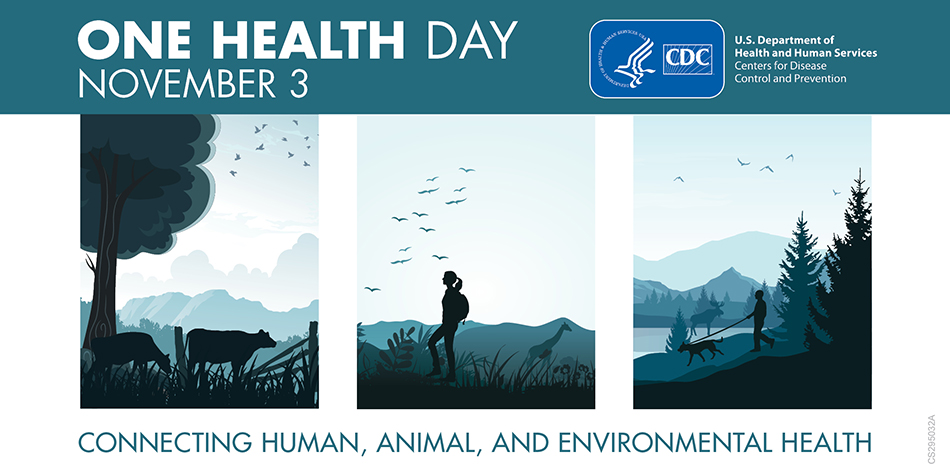
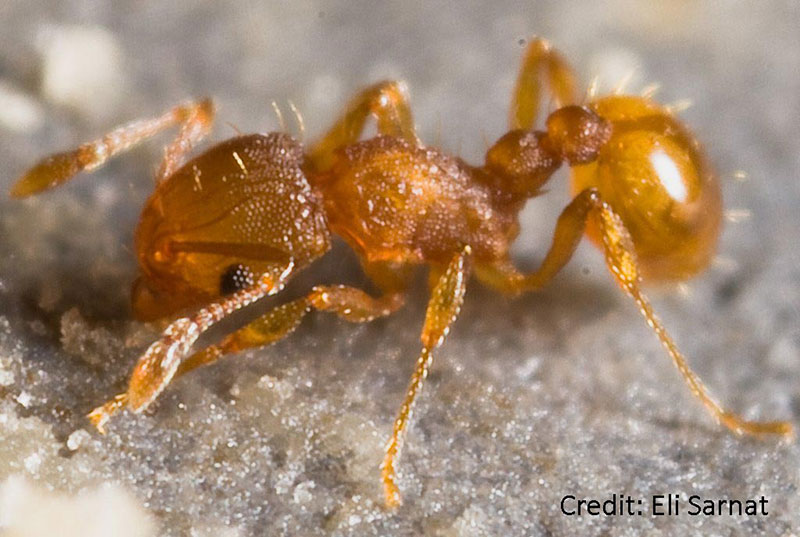
 Introduced species sometimes integrate into the fabric of their new home in a way that doesn’t really seem to cause problems for the original residents. Other introduced species – invasive species – do and the Little Fire Ant (aka the Electric Ant) is one of the latter. They are called fire ants because they sting – people, pets, wildlife – they’ve even been reported to have affected hatchling sea turtles! Add to that the fact that their stings are industrial grade – hence the name fire ant – and they’ve even caused pets and livestock to go blind after repeated stings to the eye.
Introduced species sometimes integrate into the fabric of their new home in a way that doesn’t really seem to cause problems for the original residents. Other introduced species – invasive species – do and the Little Fire Ant (aka the Electric Ant) is one of the latter. They are called fire ants because they sting – people, pets, wildlife – they’ve even been reported to have affected hatchling sea turtles! Add to that the fact that their stings are industrial grade – hence the name fire ant – and they’ve even caused pets and livestock to go blind after repeated stings to the eye.